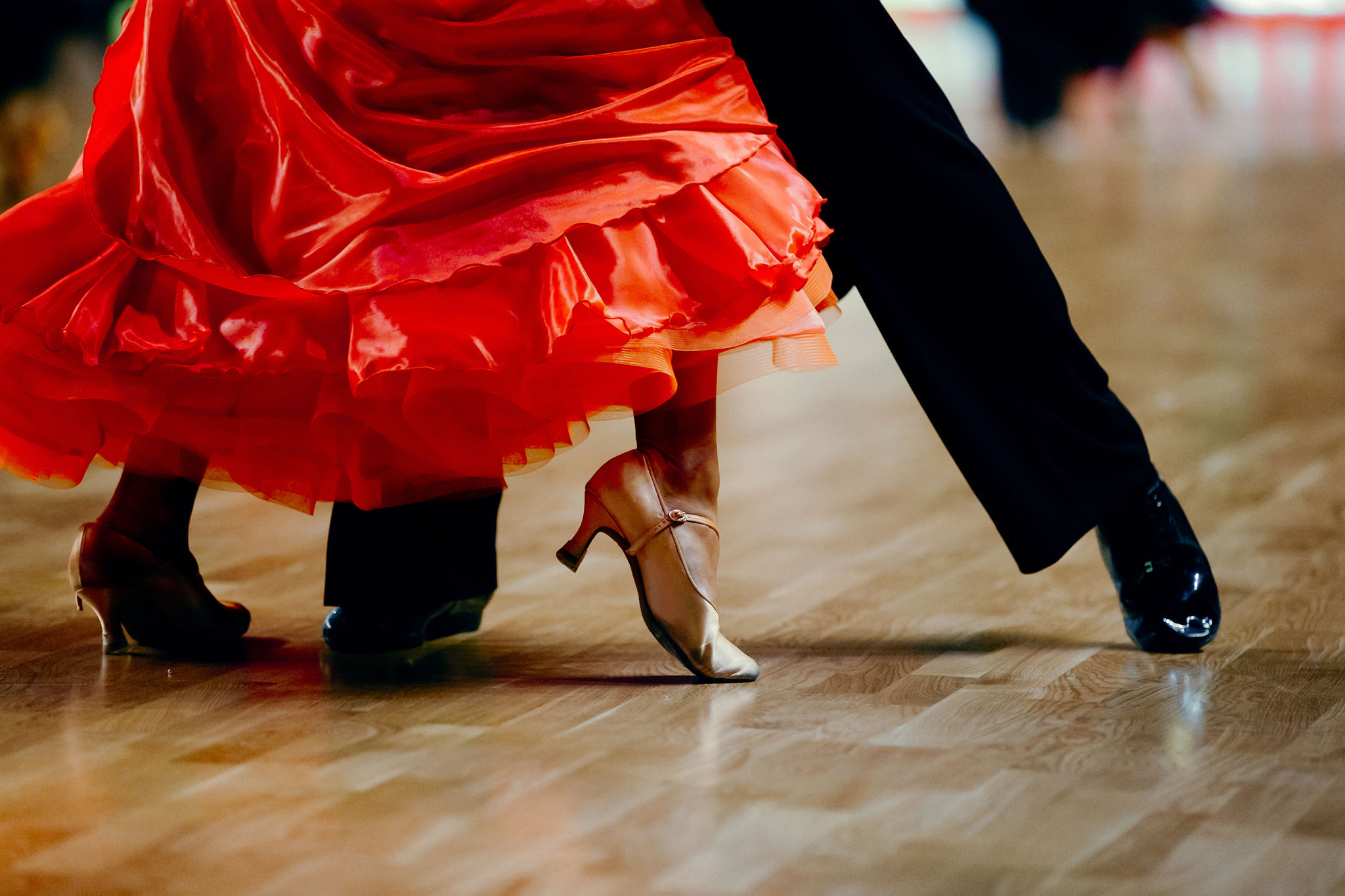Myths About Tango Dance Debunked: Clearing Up Common Misconceptions
The Origins of Tango: More Than Just Argentina
One of the most prevalent myths about tango is that it originated solely in Argentina. While Argentina is indeed a significant birthplace of tango, it's important to recognize that this passionate dance was also influenced by various cultures. The dance emerged from the working-class neighborhoods of Buenos Aires and Montevideo, Uruguay, blending African, European, and native elements. This rich cultural tapestry is what makes tango so unique and expressive.

Understanding the diverse origins of tango can enhance one’s appreciation for it. This dance is a testament to how different cultures can come together to create something truly beautiful and enduring. The next time you watch or participate in a tango dance, remember that it's not just an Argentine phenomenon but a multicultural celebration.
Tango Is Not Just for Couples
A common misconception is that tango is exclusively a dance for couples. While it is traditionally performed by two people, tango can also be a solo experience or part of a larger group. Many workshops and performances feature individual dancers expressing the music through their own interpretations. This flexibility allows dancers to explore personal creativity and style within the framework of tango.
Moreover, group tango performances are increasingly popular, showcasing the dance's versatility and communal spirit. Whether danced solo, as a couple, or in a group, tango offers a unique way for individuals to connect with the music and each other.
The Myth of Complexity
Another myth surrounding tango is its perceived complexity and difficulty. While tango does have intricate patterns and requires practice, it is accessible to dancers of all skill levels. Many beginners find that with dedication and good instruction, they can quickly learn the basic steps and start enjoying the dance.

It's important to note that tango is not about technical perfection but about expressing emotion and connecting with your partner. This makes it a rewarding experience for dancers who are willing to immerse themselves in the music and let their emotions guide them.
Tango Is Not Just About Romance
Despite popular belief, tango is not solely about romance or seduction. While it often portrays a deep connection between partners, the themes of tango are diverse and can include friendship, nostalgia, or even playful rivalry. The emotional range of tango allows dancers to tell different stories through their movements.
This variety makes tango an incredibly versatile art form that can express a wide array of human experiences. So whether you're dancing with a romantic partner or a friend, tango offers an opportunity to explore and convey an array of emotions.

Tango Is Still Evolving
Finally, it’s important to debunk the myth that tango is a static dance form stuck in the past. Tango continues to evolve, incorporating modern music and styles while staying true to its roots. Contemporary tango often includes elements from jazz, electronic music, and other genres, making it relevant and exciting for new generations of dancers.
This evolution ensures that tango remains a dynamic and living art form, constantly inspiring both performers and audiences worldwide. By understanding its evolving nature, dancers can appreciate the rich history of tango while contributing to its future.